8 Popular Machine Learning Frameworks To Use in Python
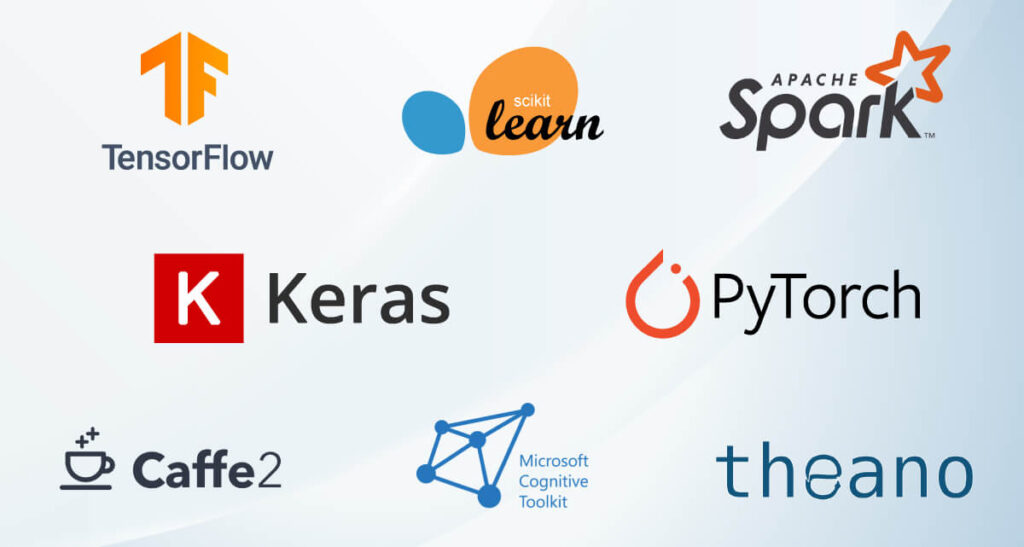
Machine learning is a part of Artificial Intelligence that focuses on developing algorithms and models that do a specific task, thus reducing the need to write complex programs or human involvement. This is achievable by training the model on large amounts of pre-existing data or experiences and later making predictions based on the patterns learned in training data.
Machine learning is a vast field that includes different subsets such as Natural Language Processing, Computer Vision, Video Analytics, Audio Analytics, etc. However, to simplify these tasks, there are several machine learning frameworks available in the market. This blog will discuss eight popular machine-learning frameworks the Data Science community widely uses.
Tensorflow
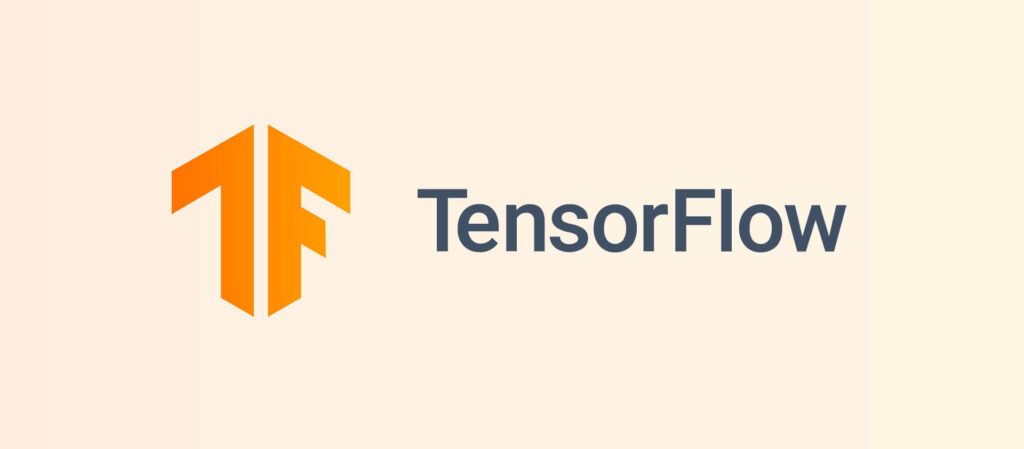
TensorFlow is the widely used ML framework developed by the Google Brain team. It provides a flexible and scalable ecosystem that allows you to solve various machine learning tasks, including image and speech recognition, natural language processing, and time series analysis.
Some of the critical features of Tensorflow are:
- High-level API: Tensorflow provides a Keras API that makes the development and training of machine learning models accessible.
- Scalability: Tensorflow allows distributed training and inference of ML models on multiple Graphics Processing Units(GPUs) and CPUs. This significantly reduces the costs.
- Deployment: Tensorflow provides a production-ready ML pipeline using TFX, significantly reducing the deployment architecture’s complexity. One can use Tensorflow Lite for Inference to deploy a model on mobile or edge devices. TensorFlow Lite reduces the model’s size, making it lightweight and compatible with low-processing capability devices.
- Visualization: Tensorflow comes with TensorBorad, which helps to visualize and analyze the training process and performance metrics that help to monitor and debug models. In addition, tensorBoard provides ready-to-view graphs and logs of performance metrics such as accuracy, loss, precision, etc.
- Community: Tensorflow has a large and active community contributing to improving and introducing new libraries and features for Data Science practitioners.
Scikit-Learn

Scikit-learn is one of the best ML frameworks for machine learning for beginners and experienced Data Science professionals. It’s built on top of other Python libraries such as Numpy, Scipy, and Matplotlib, thus providing a wide range of tools for developing and visualizing ML models.
Some of the critical features of sci-kit-learn are:
- Understandability: Scikit-learn is a framework for newbies who have just started learning machine learning, as it has an easy-to-use API. This allows users to experiment and visualize various models and techniques with ease.
- Collection of algorithms: Scikit-learn has a collection of ready-to-use algorithms for supervised learning, such as Linear regression, Logistic regression, Support vector machine, decision tree, and many more. For unsupervised learning, Scikit-learn provides clustering algorithms, dimensionality reduction techniques, and many more.
- Data Preprocessing: Data preprocessing is essential in any machine learning problem, eventually leading to efficient training and good-quality models. Scikit-learn has various tools for cleaning and preprocessing the data, such as handling the missing values, outliers, feature extraction, feature selection, and normalizing and standardizing the data values.
- Hyperparameter Tuning: Setting the correct hyperparameters is crucial in training any ML model. The selection of hyperparameters directly affects the performance of the model. Scikit-learn facilitates hyperparameter tuning by Grid Search and randomized search that lets users select optimal hyperparameters.
- Model evaluation: The library not only offers tools for evaluating the performance of the models, including metrics for classification, regression, and clustering tasks. But it also supports techniques like cross-validation for better model assessment.
PyTorch
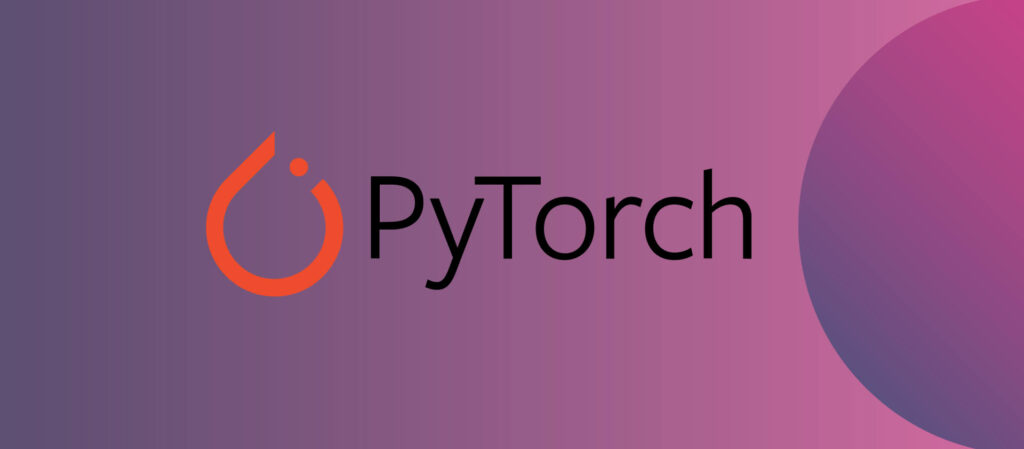
Pytorch is an open-source ML framework developed by Facebook’s AI Research Lab (FAIR). It has recently risen to the top of the machine learning frameworks list due to its dynamic computations graphs, unlike Tensorflowwhich, which uses static computation graphs. Pytorch not only makes it easier to work with complex neural networks and various inputs, but also making it one of the best frameworks for machine learning.
Some of the critical features of PyTorch are:
- Computation: As Pytorch maintains dynamic computation graphs, it is much more memory efficient and easy to debug.
- GPU acceleration: Pytorch is built on top of Nvidia’s CUDA. CUDA allows for parallel computing on Graphical Processing Units(GPUs). This capability is helpful for training models on large amounts of data faster, which would otherwise consume a lot of time.
- Tensors: A tensor is a Datatype just like a Numpy array, introduced by Pytroch specially for GPU acceleration. Generally, working with Tensors is relatively easy and forms the basic building blocks of any Pytorch model.
- Applications: Pytorch has various tools available for different applications in Machine Learning, such as torch arrow for Dataframes, TorchVision for computer vision, touch audio for audio analytics, and torch text for NLP. Overall, Pytorch provides a complete package for all Machine Learning tasks.
- Deployment: Pytorch comes with a torch script, which provides a way to create serializable and optimizable models from Pytorch code. A torch script program can be loaded in any process without Python dependency. TorchServe allows for easy deployment of models in production. Torchserve serves the model using http REST APIs.
Keras
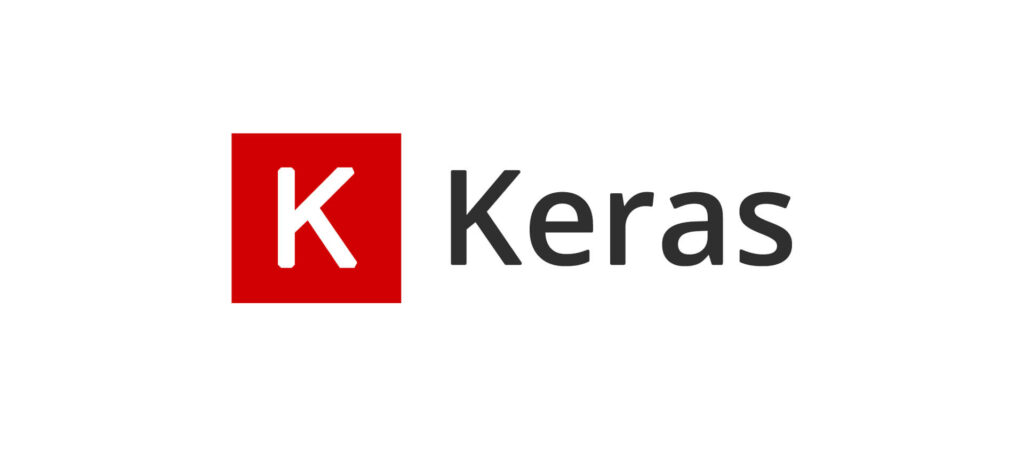
Keras is a high-level API by TensorFlow that provides an intuitive interface to build neural net models. It is also an excellent machine-learning framework for beginners. It is easy to use and packs great features, making it one of the best ML frameworks.
Some of the critical features of Keras are:
- Integration with Tensorflow: Francois Chollet initially developed Keras, which Tensorflow later acquired. Thus, Keras enjoys Tensorflow’s wide range of features and resources, from training to deployment to inference.
- Pre-trained models: Keras has a collection of pre-trained models, including VGG, ResNet, and Inception. One can use this architecture readily to use for transfer learning and feature extraction.
- Neural Network Layers: Keras provides pre-built layers for building neural networks; by stacking these layers together, a complex neural network architecture can be built without worrying about the low-level details and complexity of the layer. This allows the user to focus more on the architecture and performance of the model rather than dealing with the math behind the layer operations.
- Flexibility: Keras allows users to create custom layers and loss functions and use them as they see fit. Thus allowing for research and prototyping of complex neural net models
Microsoft Cognitive Toolkit(CNTK)
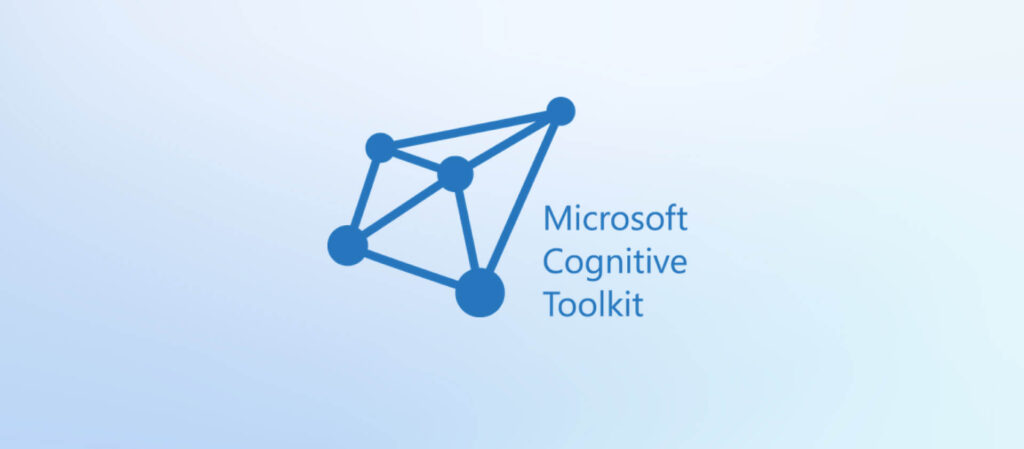
CNTK is a Microsoft open-source library to build Deep Learning Neural Networks. It is to train neural networks on GPUs and across many machines efficiently. Only Linux and Windows supports CNTK, not Mac OS.
Some of the critical features of CNTK are:
- Multi-language support: CNTK has APIs for multiple programming languages like Python, C++, C#, and Brainscript. This makes it accessible to a wide variety of developers.
- Range of Neural Networks: CNTK supports neural network architecture such as Feed Forward Neural Networks, Convolution Neural Networks, and Recurrent Neural Networks.
- Scalable: Like Tensorflow and Pytorch, CNTK allows working on multiple GPUs and devices, thus making it suitable for handling large datasets.
- Evaluating performance metrics: CNTK provides various components to measure the performance of neural networks.
Apache Spark MLlib
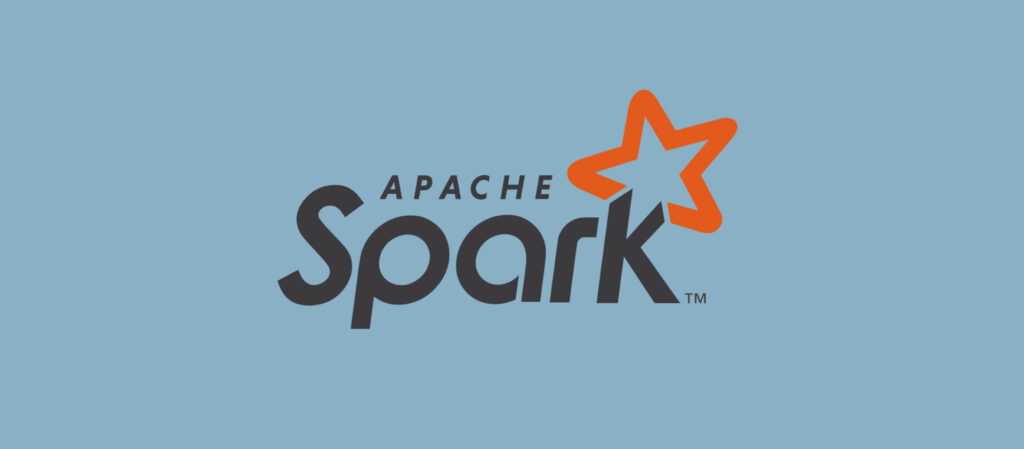
MLlib is Apache Spark’s Machine Learning Library. It is a scalable Machine Learning framework that provides various algorithms and data processing tools. MLlib can handle Big Data efficiently, which makes it one of the best machine learning frameworks.
Some of the key features of Apache Spark MLlib are:
- Runs everywhere: Apache Spark can run on various platforms such as Hadoop, Apache Mesos, Kubernetes, standalone, or in any cloud.
- Multi-language support: Apache Spark MLlib is written in Scala, but it provides APIs in different programming languages such as Java, Python, and R, making it accessible to a large audience of developers and data Scientists.
- Scalable: MLlib offers a wide range of machine learning algorithms, like classification, regression, clustering, etc., to scale across clusters of machines.
- Pipeline: Apache Spark MLlib offers a high-level API called “Pipeline” that helps create machine learning workflows. Pipeline makes it easy to club various training stages such as data preparation, extraction, and training.
Theano
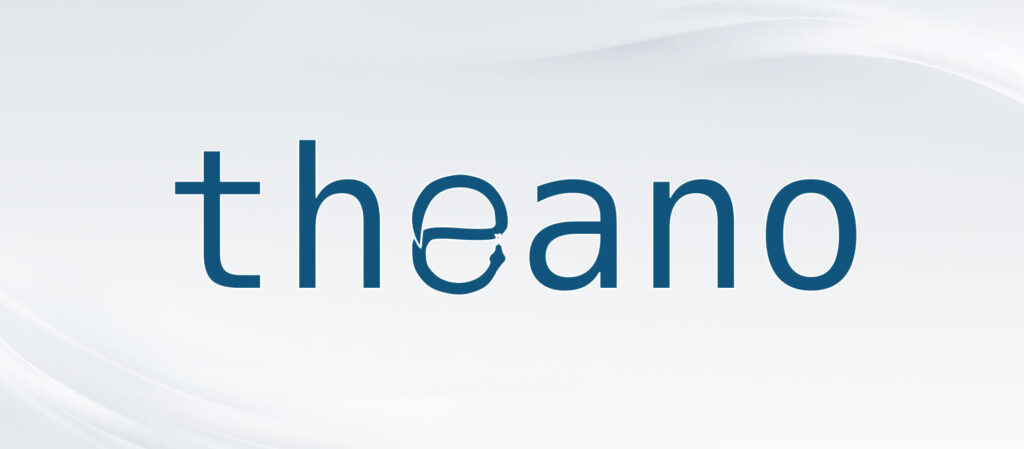
Theano, developed by the Montreal Institute for Learning Algorithms(MILA) at the University of Montreal. It is widely in use for the research of Deep Learning Algorithms. Theano is a Machine Learning framework that lets you efficiently use mathematical expressions used in Deep Neural Networks.
Some of the critical features of Theano are:
- GPU support: Theano allows the models to integrate into CUDA, thus making it easier to work on Nvidia GPUs. This helps the developers work with complex algorithms and extensive data.
- Customizable functions: Theano allows the researchers to build custom loss functions and operations needed in specific deep learning tasks.
- Optimization Capabilities: Theano’s compiler can optimize the models to improve performance. It does it by optimizing the mathematical expressions in the operations.
Theano’s last official release was made in September 2017. Due to the discontinuation of the development of the framework, other frameworks like Tensorflow and PyTorch gained more popularity and have similar functionalities and better support.
Caffe
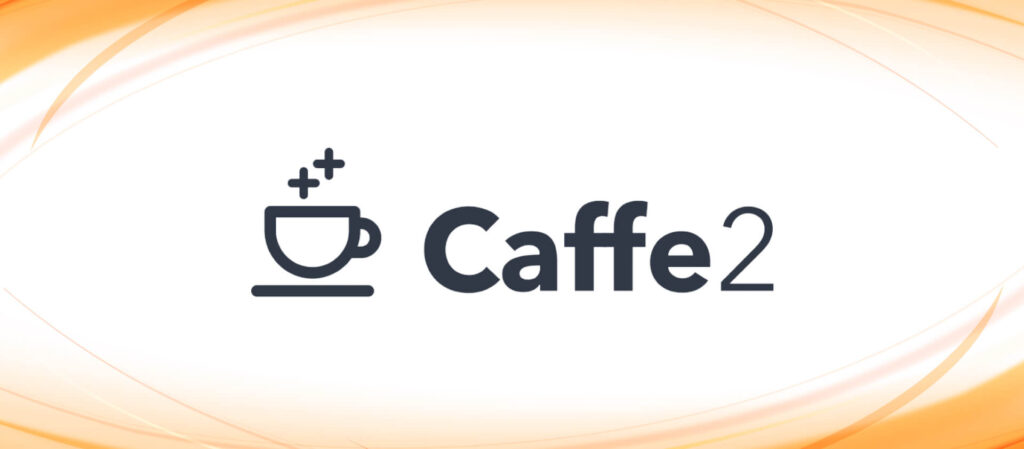
Caffe(Convolutional architecture for Fast Feature Embedding) was a machine-learning framework developed by Yangqing Jia in 2014. Caffe was famous for its speed, reliability, and support for convolutional neural networks.
Some of the critical features of Caffe are:
- Performance: Caffe is famous for its efficiency in building Convolutional Neural networks. It also offered many functionalities and speed, making it a go-to ML framework for building deep learning models.
- Model hub: Caffe had a collection of pre-trained algorithms that users could easily access the models for various tasks.
- Command Line Interface: Caffe provided a command line interface that allowed users to enjoy command line functionality while training, testing, and deploying the models.
Caffe has a large community of developers that contributed to the betterment of the framework. Still, it has now slowed down, and Data Scientists are switching to other Machine Learning frameworks such as Tensorflow and Pytorch.
Conclusion
Each framework has unique features and functionalities to offer the developers. Choosing the proper Machine Learning framework depends on the project requirements that the users are interested in. However, most requirements are satisfied in Tensorflow or Pytorch, thus making them a solid choice due to their active community and capability to address a wide range of use cases.
Frequently Asked Questions
Basically, a machine learning framework is an interface, library, or tool that helps developers train, test, and deploy machine learning algorithms and applications. These ML frameworks provide an abstract of underlying working principles(math and calculations) as a callable function or class to use according to the user’s needs. This allows developers and researchers to streamline the machine learning pipeline for deploying, experimentation, and prototyping altogether.
The choice of framework for machine learning often depends on the use case, project requirements, and developers’ familiarity with the framework. For example, beginners would find it easy to start with Scikit-learn if they are working with structured data; if your interest lies in developing deep neural networks for Image classification or NLP, it’s best to go with Pytorch or Tensorflow, for working with Big Data you can go for Apache Spark.
The basic machine-learning algorithms are as follows:
- Linear Regression: This algorithm is used for regression tasks where the value of a variable is predicted based on the values of other variables. It does this by trying to find the best-fit line that minimizes the difference between actual and predicted values using a linear equation.
- SVM: Support Vector Machine(SVM) can be used for classification and regression tasks. It finds a Hyperplane that best separates the different classes such that the distance between the nearest points of separate classes is maximum.
- K-means clustering: It is an unsupervised learning(unlabeled data) algorithm that clusters similar data points together based on their similarity to the centroid of each cluster. It aims to minimize the variance within each cluster.
These algorithms are the foundation of various machine learning tasks and are the basic building blocks for more complex techniques.





I am in fact delighted to read this website posts which carries
tons of valuable facts, thanks for providing these kinds of information.
Hey there, You’ve done an excellent job. I’ll certainly digg it and personally recommend to my friends.
I’m confident they’ll be benefited from this site.
Someone essentially lend a hand to make seriously posts
I’d state. That is the first time I frequented your web page and to this point?
I amazed with the research you made to make this particular post extraordinary.
Great job!